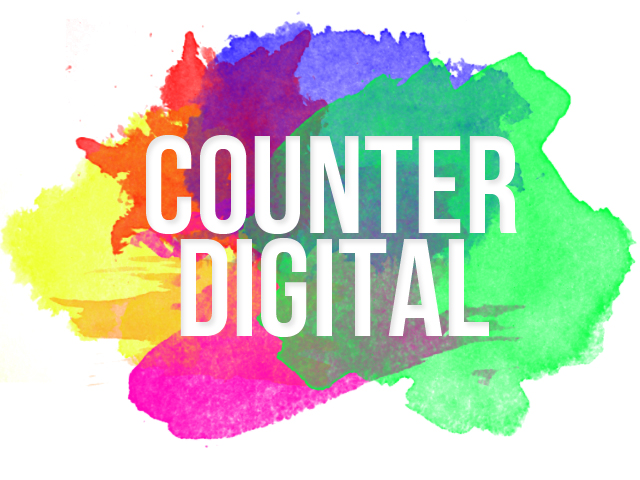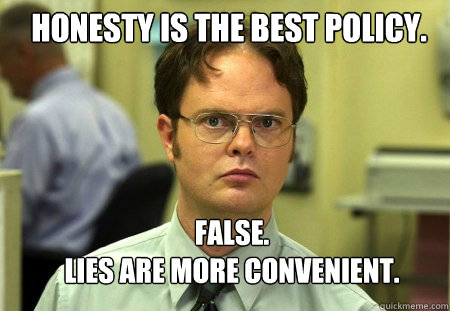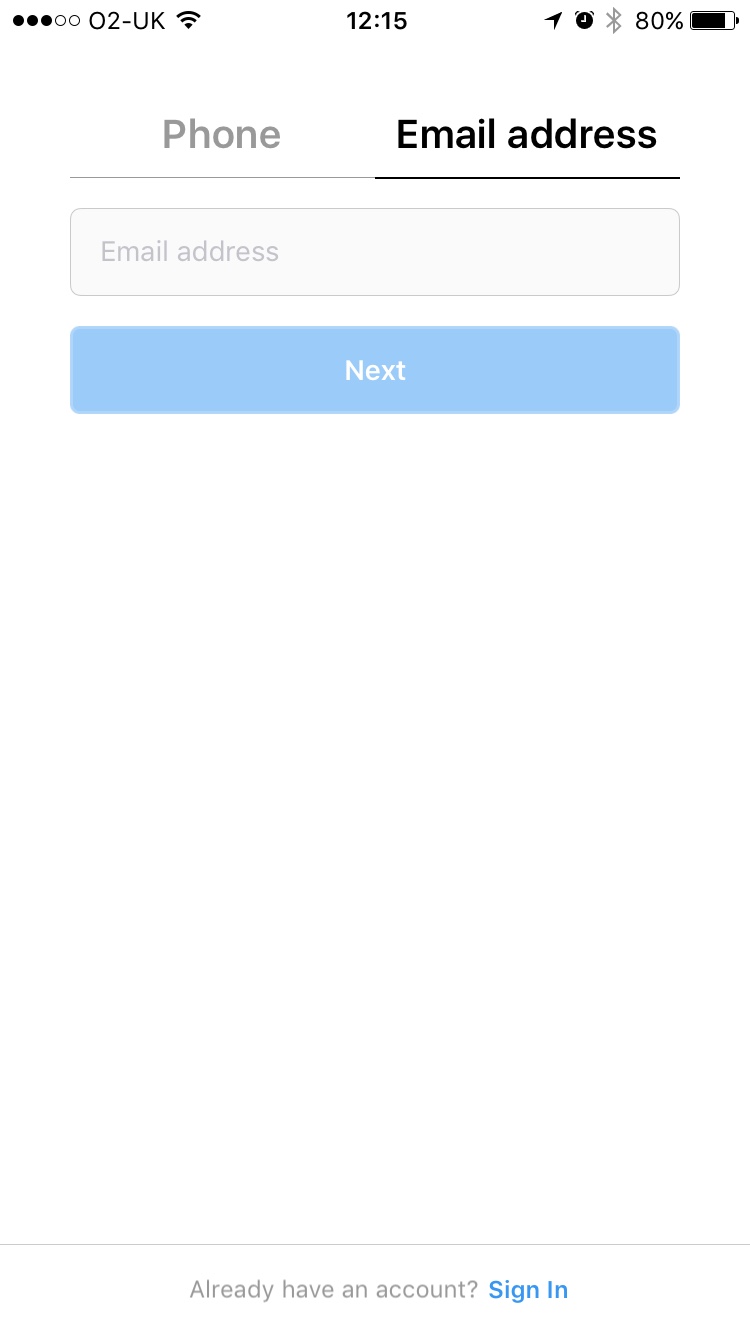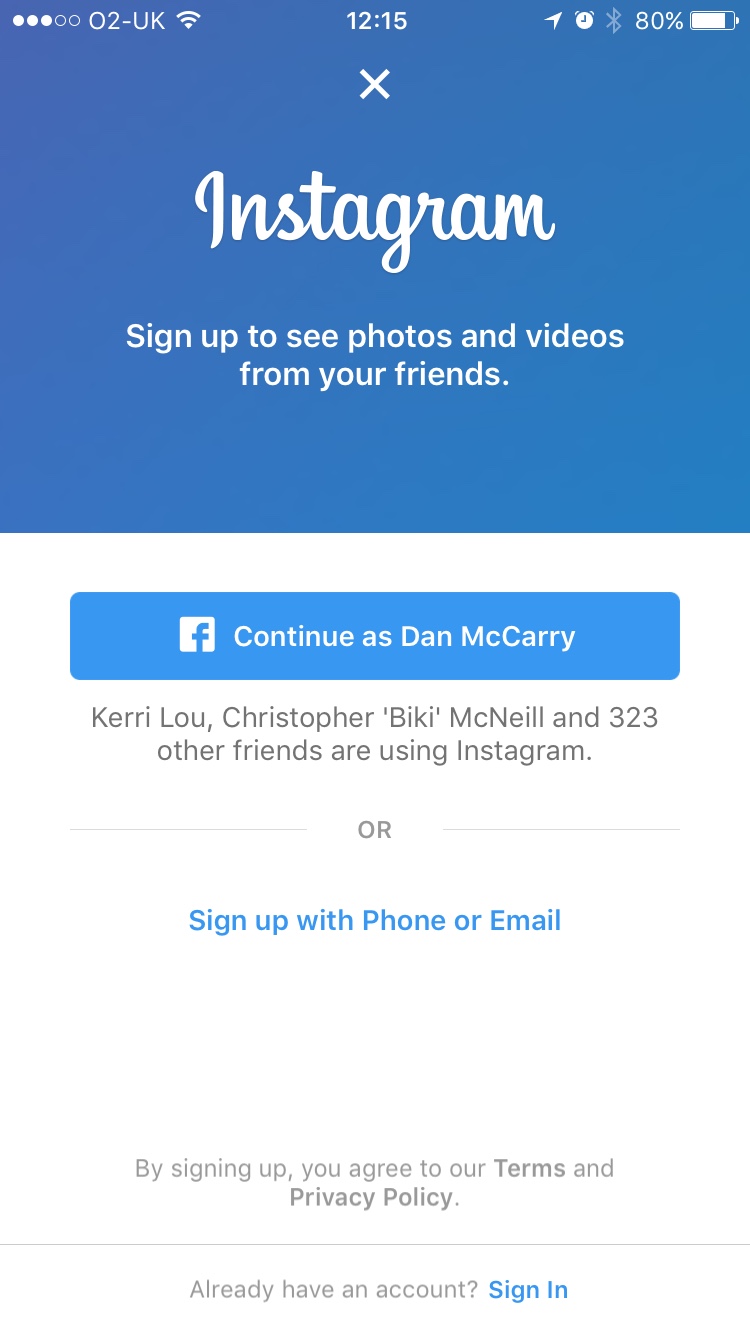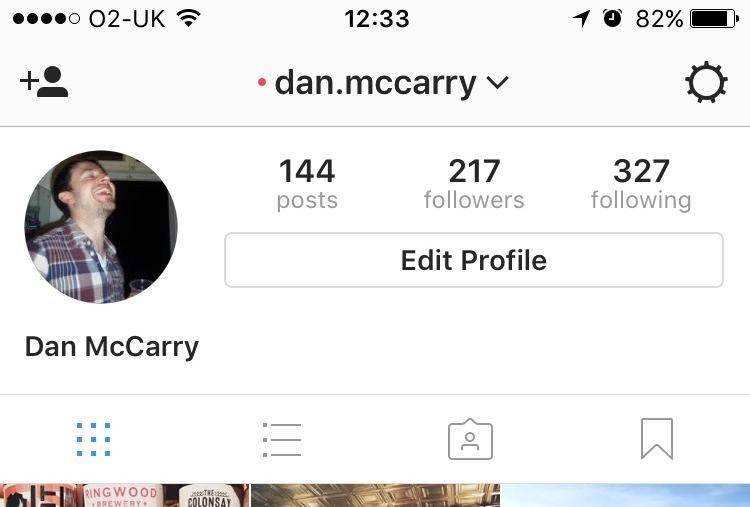Honesty is the Best Policy
Take a step back, look around, and you’ll see that the business and marketing worlds are rife with people saying one thing and doing another.
“We need to push the hard sell in this campaign.”
“We need to cram as much information in as possible.”
“Those images are fine.”
If you audit the social media actions, and attention, of both yourself and your family and friends you’ll quickly see that we’re all incredibly selfish with our time.
If it doesn’t interest us, or capture our attention or imagination in one way or another, we’ll scroll past without skipping a beat.
Yet even though this is true for 99% of the population you constantly see social media channels filled with rubbish, with sales posts, with generic content and with zero offering or value.
Behind each of those accounts is a business owner, marketer or consultant wondering, “Why is nobody following along?”
It’s because nobody cares and the sooner we’re all honest about it, the better. The sooner we’re honest about asking and answering the key question above, the better!
How to Improve Your Organic Social Media
Being honest is the first step but what’s next?
In order to develop social media channels that people actually care about and want to follow you have to tap into their wants and needs.
What’s going to make them stop and listen?
People follow brands, businesses and influencers for lots of different reasons.
For some it could be for education, inspiration or information/updates. For others it could be for escapism, desire, humour, entertainment or debate.
There are countless reasons out there and defining your target audience needs won’t happen instantly but take a piece of paper (or phone, laptop etc.) and begin the brainstorming session.
After that, pair your audience needs with the types of content you can create for each channel and get cracking. Testing and heightened awareness will be your friend from this point onwards…
Other Channels
You might’ve noticed that this blog, and message, focuses specifically on “social media”. There’s a reason for that.
I know it’s easy for everyone to lump social and digital together but other digital marketing channels behave differently and consumers are more or less receptive to different strategies within each.
In 2018 you can guarantee that the majority of your new email subscribers expect a sales pitch at some point or another. If you can make it good, and worthwhile, then go for it!
In PPC advertising the hard sell is also universally expected. In the case of search ads you’re catching someone right at the crucial moment of need, so if you can help them, sell away!
Podcast advertising, remarketing, influencer outreach, sponsored posts… There are so many options out there waiting to be utilised for the hard sell.
Organic social media just isn’t one of them…if you want to grow a following and succeed…
--
If you’re unsure about what organic social media content is exactly, in 2018, then get in touch for a chat here.
